March 5th 2025 10:26:27 AM
Integration is Key between ERP Software and Warehouse Management Tools
January 29th 2014 19:46:52 PM
Today’s warehouses are not what they used to be. New technology, such as Cloud computing and mobility, has changed the way manufacturers and distributors manage their warehouses and distribution centers. Smartphones, tablets, Wifi connections, big data, and the Cloud have all digitized warehouse management tasks to improve productivity and efficiency in the warehouse. Many warehouses have implemented these new technologies, and experts predict more will embrace these solutions in the year to come.
While these new technologies can certainly boost your overall efficiency, if your warehouse management system (WMS) is not integrated properly with your company’s ERP system, you are losing out on massive potential. ERP and WMS integration is crucial to achieving the agility you need to become more competitive in your industry. Seamless integration between your warehouse management software and ERP system can provide your company’s executives with the information they need to make effective business decisions, as well as ease the data management process.
Integration eliminates double data entry, reduces errors, makes information sharing easier, and increases business process efficiency. The benefits of ERP – WMS integration are endless and – in order to do well in today’s market – crucial. In this article, we will explore how integration between your company’s ERP system and warehouse management tools can improve your chances for success.
ERP – WMS Integration Improves Data Accuracy
When you integrate your ERP and WMS solutions, concern about data accuracy suddenly becomes a thing of the past. Once you input information into one system, the other is automatically updated, eliminating the main source of data errors (reentry). The integration of these two systems allows you to stay on top of put away, good receipts, picking, replenishment, local management, ordering, vendor returns, and reporting on physical and cycle counts. Having this information in real-time will boost your company’s efficiency and provide you with the answers you need, when you need them.
ERP – WMS Integration Helps Warehouse Managers Track Employee Progress
Warehouse management systems are designed to make inventory control easier, reduce costs, and improve order fulfillment times. However, many companies have stated that WMS lacks the tools they need to track employee productivity levels. When you integrate your warehouse management software with your ERP solution, your warehouse managers can track employee productivity on a daily basis. Managers can be alerted in real-time once an employee has completed a task so they can set up the next step in the supply chain. This instant communication helps businesses stay productive and complete projects on-time.
ERP – WMS Integration Improves the Decision-Making Process
The warehouse is not a stand-alone business, and it should not be treated as such. If your WMS and ERP systems are maintained separately, you can’t easily access the information you need to make business-critical decisions. If your sales team does not have access to information in your warehouse management system, they cannot effectively update customers on order status. This is why integration is so important; it creates a seamless connection between the two systems so no one in your company is out of the loop. This sharing of information ensures that your sales team does not make promises you cannot deliver upon and that your executives always have a clear picture of your supply chain.
As you can see, integration between your ERP system and warehouse management tools is crucial to your company’s success. If you need help integrating your solutions, give our Sage 100 and 500 ERP and WMS experts a call today at 330-645-9959. We work directly with companies just like yours to help improve the warehouse management process at all levels, including your software solutions.
Is your ERP system integrated with your warehouse management system? If so, how did this change the way your business operates?











